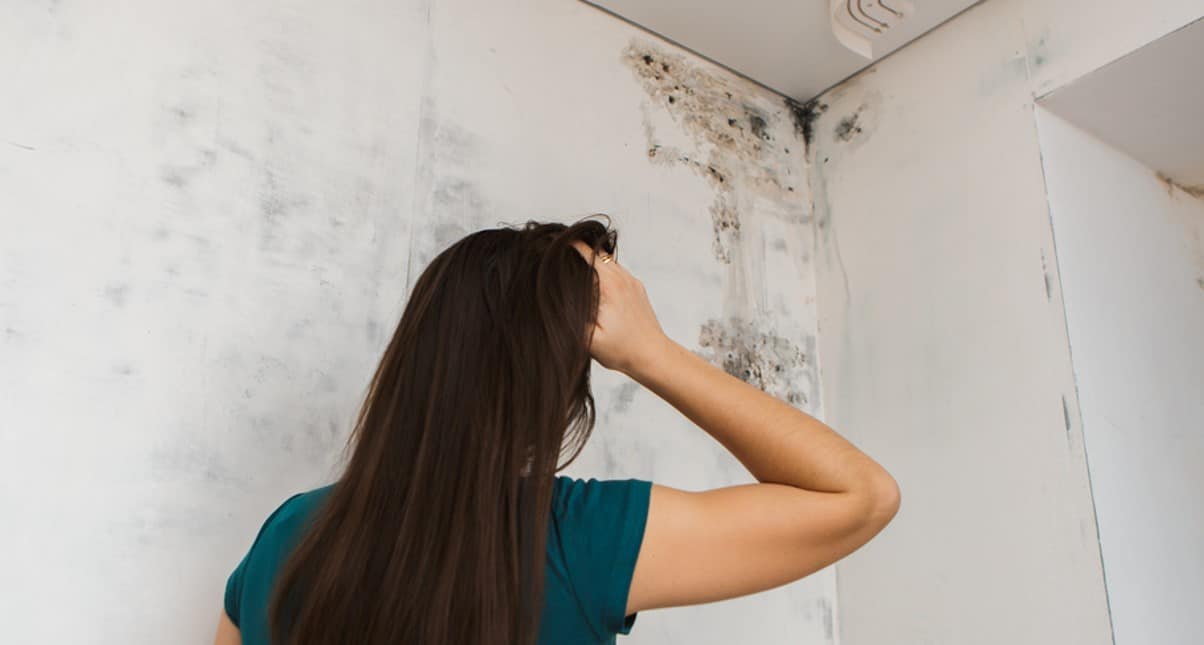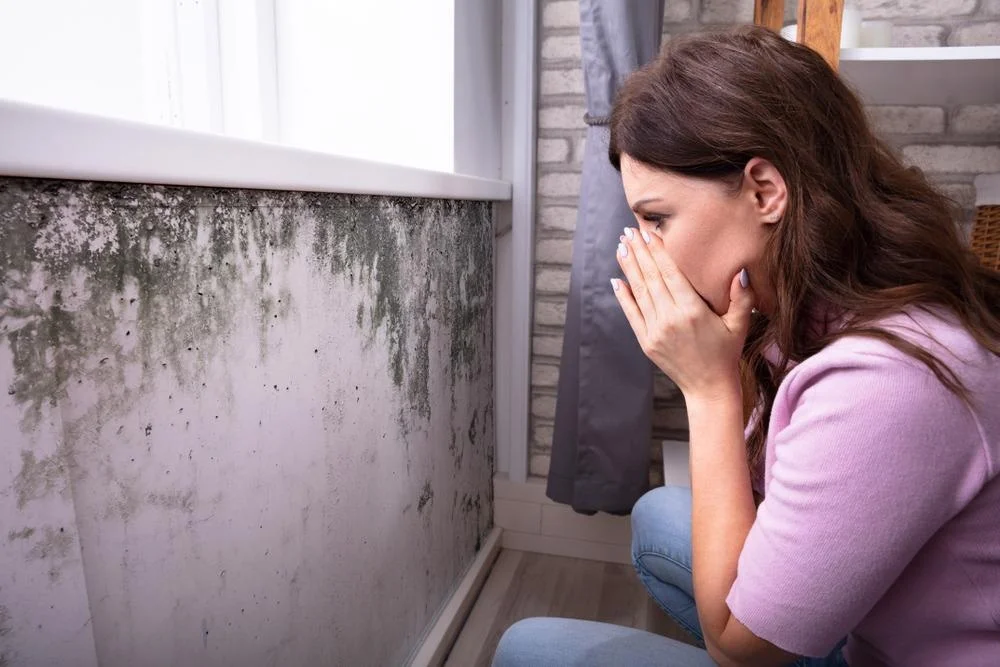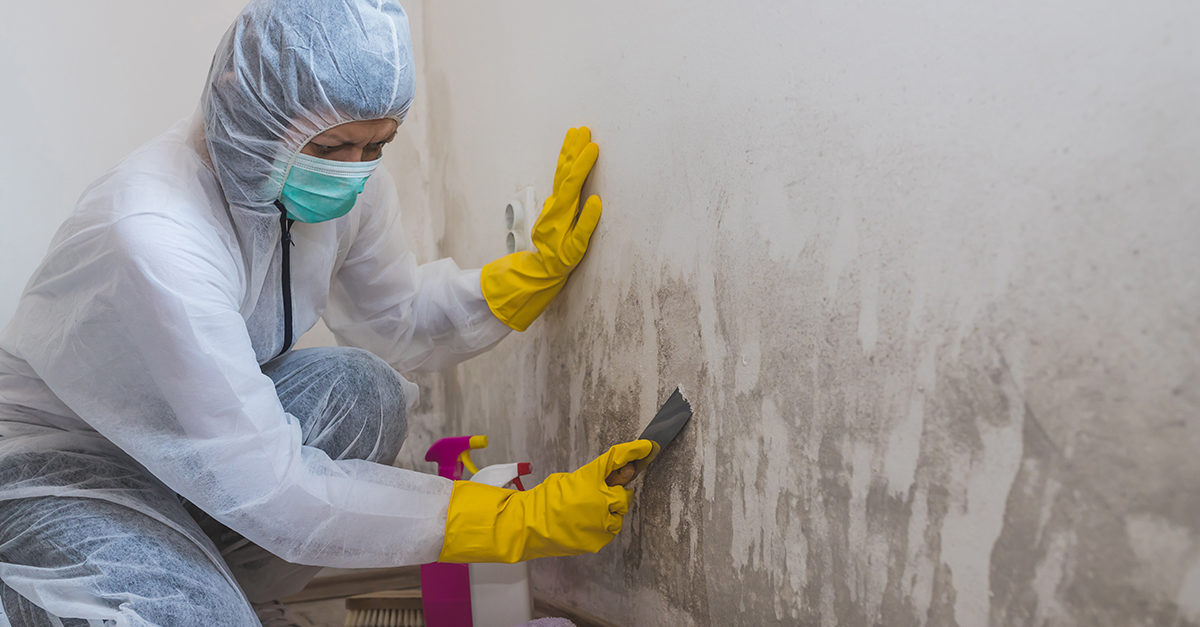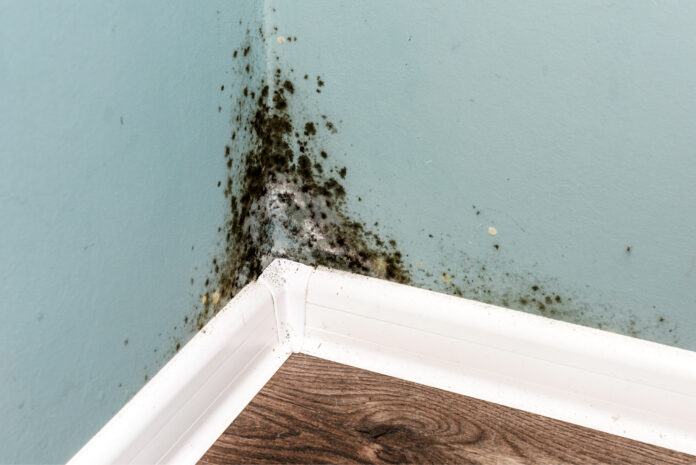Mold on walls is a common yet challenging problem that many homeowners face, especially in areas with high humidity or poor ventilation. Not only does mold affect the appearance of walls, leaving unsightly dark patches, but it also poses health risks, including respiratory issues and allergies. To prevent mold on walls, keep your home well-ventilated, control humidity levels, and promptly fix any water leaks. Preventing mold growth on walls is crucial to maintaining a safe, healthy, and clean living environment.
Understanding the causes of mold—such as excess moisture, inadequate airflow, and fluctuating temperatures—can help you implement preventative measures to keep your walls mold-free. By following a few practical tips, you can significantly reduce the likelihood of mold developing in your home. These strategies include controlling humidity levels, ensuring proper ventilation, and regularly inspecting and cleaning areas prone to moisture buildup.
This guide will walk you through ten effective tips to prevent mold from taking root on your walls, empowering you to take proactive steps to protect both your home and your health. Whether you’re dealing with a recurring issue or looking to prevent mold altogether, these practical solutions will provide you with the tools to keep your walls fresh, clean, and mold-free.
Contents
Health Risks of Mold Growth on Walls

Mold is a type of fungus that thrives in damp, humid environments and can often be found growing on walls, especially in areas prone to moisture, like bathrooms, basements, and kitchens. While mold may seem like a minor nuisance, it can pose significant health risks to occupants of affected spaces. Here’s a closer look at the health implications of mold growth on walls.
1. Allergic Reactions
Mold spores can trigger allergic reactions in sensitive individuals. Common symptoms include:
- Sneezing
- Runny or stuffy nose
- Itchy or watery eyes
- Skin rashes
For those with existing allergies or asthma, mold exposure can exacerbate symptoms, leading to increased difficulty in breathing and a higher risk of asthma attacks.
2. Respiratory Issues
Inhaling mold spores can cause respiratory problems, particularly in vulnerable populations such as children, the elderly, and those with pre-existing respiratory conditions. Symptoms can range from mild to severe and may include:
- Coughing
- Wheezing
- Shortness of breath
- Chest tightness
Prolonged exposure to mold can lead to chronic respiratory issues and may increase the risk of developing conditions like asthma or bronchitis.
3. Mycotoxin Exposure
Certain molds produce toxic compounds known as mycotoxins. These can have serious health implications, including:
- Neurological symptoms: Headaches, dizziness, and cognitive impairments.
- Immune system effects: Weakened immune response, increasing susceptibility to infections.
- Chronic fatigue: Persistent fatigue that doesn’t improve with rest.
Mycotoxin exposure can be particularly concerning for those with weakened immune systems.
4. Infections
While healthy individuals may not be severely affected, people with compromised immune systems are at risk for mold-related infections. This can manifest as:
- Fungal infections: Particularly in the lungs, which may require medical treatment.
- Sinusitis: Mold can lead to infections of the sinuses, causing pain and discomfort.
5. Impact on Mental Health
Emerging research suggests a link between mold exposure and mental health issues. Individuals living in mold-infested environments may experience:
- Increased anxiety and depression
- Cognitive decline or memory issues
- General feelings of discomfort or unease
6. Physical Symptoms
In addition to respiratory problems, mold exposure can lead to a range of physical symptoms that affect overall well-being. These can include:
- Fatigue
- Headaches
- Digestive issues
- Skin irritation
What are the symptoms of mold in the lungs?

10 Effective Tips to Keep Your Walls Mold-Free

Here are ten effective tips to help you keep your walls mold-free, maintain a healthier home, and avoid structural damage over time:
1. Control Indoor Humidity
2. Ventilate Properly
Ventilation plays a crucial role in preventing mold. Open windows or use exhaust fans, particularly in moisture-prone areas like bathrooms, kitchens, and laundry rooms. Good airflow reduces moisture buildup, making it harder for mold to settle on your walls.
3. Fix Leaks Immediately
Leaks from pipes, windows, or roofs provide mold with the moisture it needs to thrive. Regularly inspect areas prone to leaks and address any issues as soon as they arise. A quick fix now can save you from a more costly mold issue later.
4. Use Mold-Resistant Paint
When repainting, consider mold-resistant or mildew-proof paint, especially in areas where mold tends to grow, like bathrooms and basements. These paints are formulated with additives that resist mold growth, making it easier to keep your walls mold-free.
5. Insulate Cold Surfaces
Condensation can occur on cold walls or pipes, providing an ideal environment for mold. Insulating these surfaces helps prevent condensation, especially in basements and attics, where mold is commonly found.
6. Maintain Your Gutters
Clogged gutters can lead to water buildup and leakage, causing moisture damage to walls. Clean your gutters at least twice a year to ensure they direct water away from your home’s foundation. This step can also prevent seepage and mold growth on interior walls.
7. Keep Indoor Plants in Check
Indoor plants can add moisture to the air, contributing to humidity. To prevent mold, avoid overwatering plants and, if possible, place them in well-ventilated areas. Adding a layer of natural antifungal, like cinnamon, to the soil can also help prevent mold.
8. Dry Wet Areas Promptly
Mold can start to develop within 24–48 hours on wet surfaces. If any area of your home becomes wet due to spills, leaks, or floods, dry it immediately. This includes walls, carpets, and furniture. Quick action can prevent mold from taking hold.
9. Inspect Your Home Regularly
Routine inspections allow you to catch mold growth early or prevent it altogether. Look for signs of dampness, water stains, or unusual odors, especially in corners, behind furniture, or around windows. Mold can often grow in hidden spaces, so check regularly to stay ahead.
10. Use Mold Prevention Products

Use commercial mold-preventing sprays or natural solutions like vinegar or hydrogen peroxide, especially in mold-prone areas. These products can deter mold growth by creating a surface environment that mold finds difficult to thrive in.
By following these simple yet effective tips, you’ll create an environment that’s tough on mold and easy on your walls. Maintaining a mold-free home is not only good for your walls but also beneficial for your health and property value.



